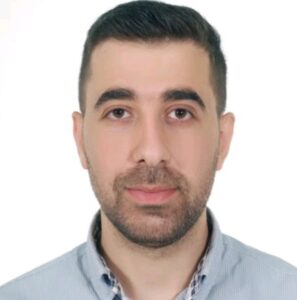
Electrical Characterization of Surfactant-Based Foam Used for Hydrocarbons Remediation: Insights from Critical Micelle Concentration Measurements
Abbas Shoker ,a PhD Student from BRGM, will present his research work at the next IstoPore seminar.
E007-DATALAB
Abstract
This study contributes to the BBFOAM project, focused on studying the electrical properties of foam used in remediating hydrocarbon-polluted aquifers. To generate foam, surfactants are used, stable foam necessitates surfactant concentrations above their Critical Micelle Concentration (CMC). Thus determining the CMC is of paramount importance. Our CMC determination study involves an assessment of the Electrical Conductivity (EC) method and Surface Tension (ST) method, as well as, a temporal analysis of SDS (anionic) and CAHS (zwitterionic) surfactant solutions dynamics in tap and deionized water. These experimentations aimed to study water-type effects on surfactant properties and CMC determination, relevant to laboratory research and field applications. In the temporal study, we inspect the resting time and the mixing times’ influences on surfactant EC and ST values. The study showed a stable EC over time and fluctuations in ST measurements. The ST method exhibited higher sensitivity to micelle aggregation compared to the EC method, with water type affecting CMC values. The CMC was hard to evaluate with the EC method for tap water. A physical understanding of the causes of these results will be developed using a numerical model of surfactants and foam electrical properties. Further investigation is needed to find out the optimal mixing times for surfactant solutions. In perspective, our investigation extends to foam electrical conductivity analysis using a foam analyzer, further enhancing our comprehension of foam behavior in remediation processes.


